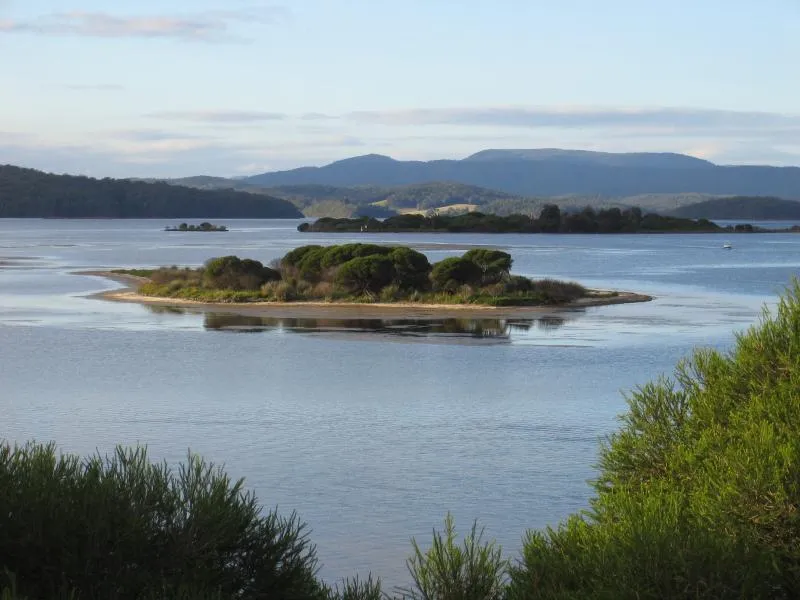
By Archer Hume
Mallacoota Inlet Fishing Guide
Mallacoota Inlet is a large, shallow estuarine system in East Gippsland, offering excellent fishing opportunities for a variety of species.
Thu Sep 05 by: Archer Hume
The lower section of the Tambo River, known for its extensive estuary and diverse fish population.
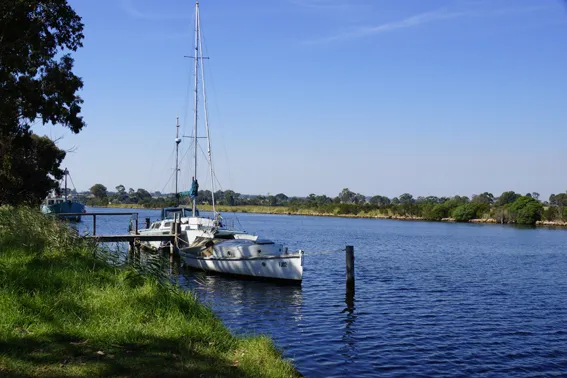
Source: poi-australia.com.au
table of contents
The Lower Tambo River is characterized by its expansive estuary, providing a unique habitat for both freshwater and saltwater species. The river’s reliable flow and estuarine environment create ideal conditions for various fish species. Anglers can expect to find deep pools, snags, and tidal flats, each offering different fishing opportunities. The area is accessible via boat ramps and shoreline access points, though some spots may require local knowledge to reach. Fishing techniques vary depending on the target species, but bait fishing and lure casting are popular methods. It’s advisable to check tide times for optimal fishing conditions, especially when targeting estuarine species.
The Tambo region extends 120 km north, primarily consisting of steep forested mountains with small sections of flat farmland. It receives varied annual rainfall, from 500-700 mm in central areas to 700-1,000 mm in the lower basin. The region is known for its diverse aquatic ecosystems, ranging from freshwater rivers to extensive estuaries, making it a prime location for various fishing experiences.
You can find more information about Tambo in our Tambo region guide post.
When it comes to fishing at Lower Tambo River, your choice of bait or lure can greatly impact your success. Based on the preferred fishing methods for the species found here, at Lower Tambo River you can find success with nearly anything, as both baits and lures are equally effective.
For the best chances of success, try using Small Fish as bait or fishing with a Blades. Remember to always check local regulations and adjust your fishing strategy based on the specific conditions and seasons at Lower Tambo River.
For those who prefer bait fishing, here are the top 5 options that have consistently produced results at Lower Tambo River:
For artificial lure enthusiasts, here are the 5 most effective options that have been proven to work wonders at Lower Tambo River:
When fishing at Lower Tambo River, you're likely to reel in:
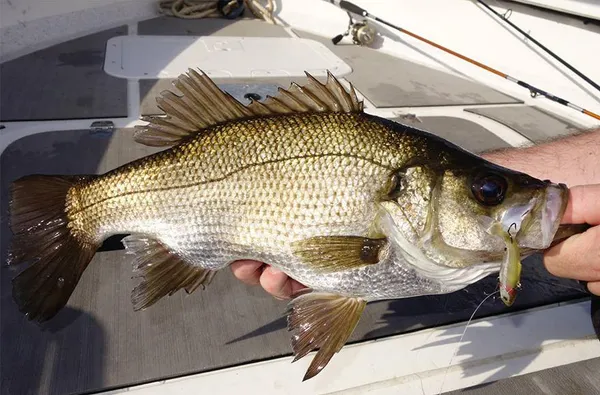
Source: www.addicttackle.com.au
Estuary perch is a close relative of Australian bass, found in coastal estuaries and lower reaches of rivers in southeastern Australia. It's known for its similar appearance to Australian bass.
To catch estuary perch in Victoria, focus on estuaries and the lower reaches of coastal rivers. Use light to medium spinning gear with 4-8 lb line. Cast lures such as soft plastics, hard-bodied lures, or small surface lures around structure like jetties, rock walls, or submerged vegetation. For bait fishing, use live baits like prawns or small fish on a light running sinker rig. Dawn and dusk are often productive times for targeting estuary perch.
To learn more about catching Estuary Perch, read more here.If you're lucky, you might also encounter:
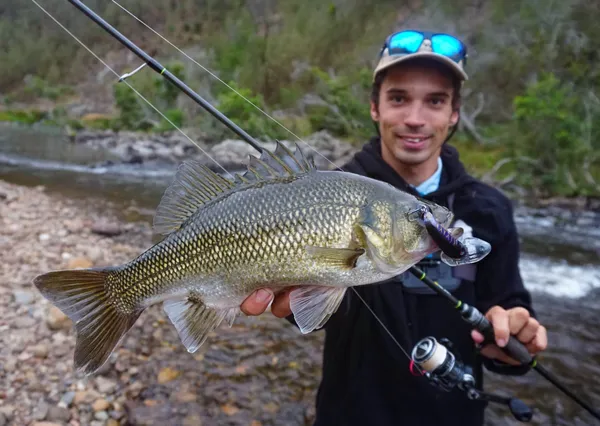
Source: hookedupmagazine.com.au
The Australian Bass is a popular freshwater sport fish native to coastal rivers and streams in eastern Australia. Known for its fighting spirit and delicious flesh, it's a prized catch for many anglers.
To catch Australian Bass in Victoria, focus on structure-rich areas in rivers and impoundments. Early mornings and evenings are often the most productive times. Casting near fallen timber, rocky outcrops, or overhanging vegetation can be effective. Both lure and bait fishing work well. When using lures, try a slow retrieve with occasional pauses to entice strikes. For bait fishing, use light tackle and small hooks. In estuaries during their winter migration, fishing with soft plastics or live baits can be successful.
To learn more about catching Australian Bass, read more here.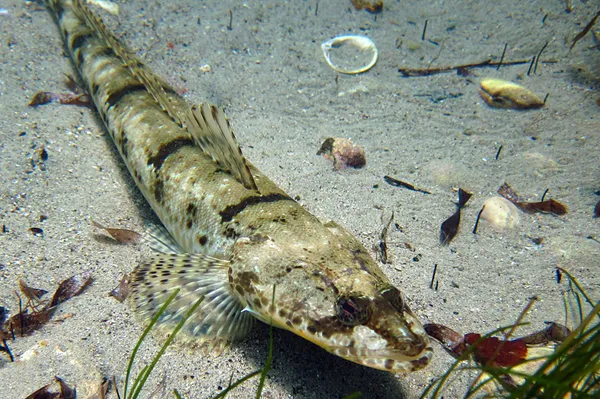
Source: fishesofaustralia.net.au
Flathead are bottom-dwelling predatory fish known for their distinctive flat head and body shape. They are popular among recreational anglers in Victoria for their tasty flesh and sporting qualities.
To catch flathead in Victoria, try fishing in areas with sandy or muddy bottoms, such as estuaries, bays, and coastal waters. Use light to medium tackle with 4-6kg line. When bait fishing, use a running sinker rig with a small sinker and present the bait on or near the bottom. For lure fishing, soft plastics, small hard-bodied lures, and metal blades work well. Retrieve lures slowly along the bottom, mimicking the movement of small fish or prawns. Fish during incoming tides or around dawn and dusk for best results.
To learn more about catching Flathead, read more here.Lower Tambo River is situated in the beautiful Tambo region. This area is known for its diverse aquatic ecosystem and offers excellent fishing opportunities for both beginners and experienced anglers. The region's unique geography and climate contribute to the rich variety of fish species found in its waters, making it a popular destination for fishing enthusiasts throughout the year.
Lower Tambo River offers a diverse range of fishing opportunities. The primary fish species you can target include black bream and estuary perch. Additionally, australian bass and flathead are also commonly found in the area. Each of these species offers a unique fishing experience, whether you're a beginner or an experienced angler. Remember to check local regulations and seasons for each species before your fishing trip.
Subscribe to get news about our latest products, free stuff and latest tech news.

Mallacoota Inlet Fishing Guide
Mallacoota Inlet is a large, shallow estuarine system in East Gippsland, offering excellent fishing opportunities for a variety of species.
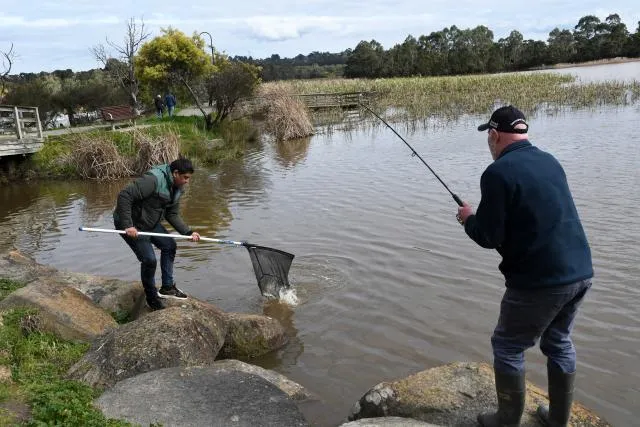
Lillydale Lake Fishing Guide
A Premier Lake in the Family Fishing Lakes Program, offering excellent facilities and stocked with rainbow trout.